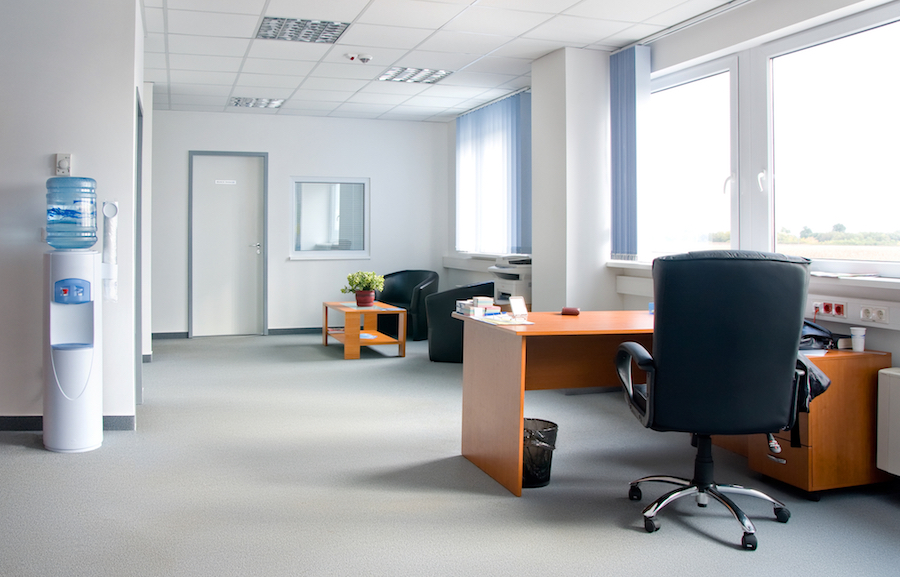Windows and the risk of water infiltration

Windows are an important part of any building design due to allowing natural light into the space. But they’re also one of the riskiest parts of any building when it comes to water infiltration.
Anytime two types of material or two surfaces come together on a building, you have a risk for leaks. Windows are certainly no exception, since there are multiple seams running around the entire window, including where the glass meets the frame and where the frame meets the wall.
To reduce the risk of water infiltration around your windows, follow these steps.
Inspect windows both inside and outside
Not all signs of water infiltration are immediately obvious, but regular inspection of windows can help you spot the early signs. Obvious signs include water pooling on the window sill when it rains or visible staining below the window. Employees with sensitive noses may notice a musty smell around the window even before visible staining begins.
Regular inspection of your windows allows you to notice changes over time to caulking, paint around the windows, or flashing. It’s much easier to fix a small problem than a major problem, so don’t neglect regular inspections.
Look for other sources of leaks
If staining occurs near the top of the window, the leak may actually be coming from the roof and settling around the window rather than actually leaking at the window. If you see signs of leaking, it’s a good idea to consider and inspect all possible sources rather than fixing one obvious location and moving on.
Replace window panes, gaskets, or caulk
Double- or triple-paned windows with condensation between the panes can have a broken seal, and that specific pane needs to be replaced before the condensation leads to bigger problems. Plus, it’s a bit unsightly for employees or visitors to look through a hazy window due to condensation.
Depending on the age of your building, it may also be necessary to replace gaskets and remove and replace caulking around the windows to ensure a water-tight seal and energy efficiency. On the exterior, repairing or replacing flashing can help ensure water stays outside where it belongs.
If you suspect water is leaking around your commercial building windows and aren’t sure what steps to take, contact us for a professional consultation.
